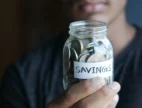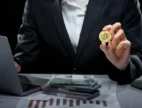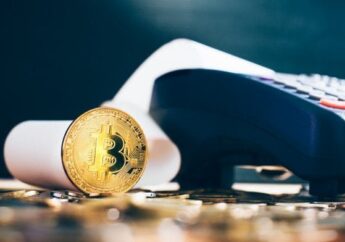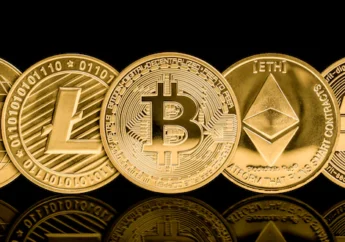Lear Capital Warns Investors Amid Dollar and Economy Shifts
by Ankita Tripathy Finance Published on: 20 September 2023 Last Updated on: 24 September 2024
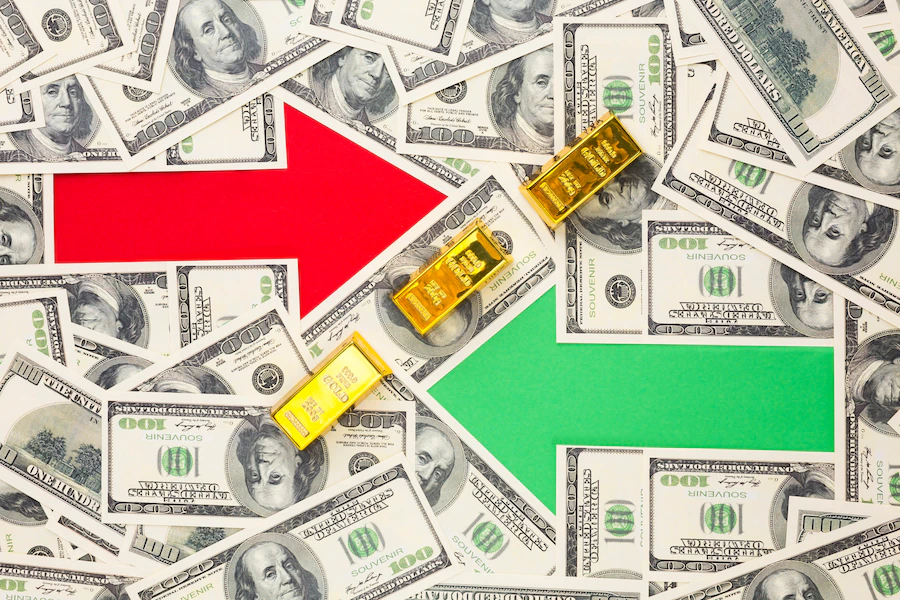
The U.S. is facing several economic challenges — including potential competition for the U.S. dollar’s role as the world’s reserve currency, according to Kevin DeMeritt, founder of precious metals firm Lear Capital, and the other members of Lear Capital’s panel of investment and financial professionals.
In a new series of videos, which are exclusively available on Lear Capital’s YouTube and TikTok channels, panel members such as money manager Michael Pento offer an informative look at the country’s current financial state.
In one recently shared clip, Pento warns investors that the U.S. economy is in trouble for several reasons — including the recession that’s occurring in the U.S. manufacturing sector, he says, along with the decline of corporate earnings for three consecutive business quarters and the slow growth the service sector has seen.
Corporate defaults rose 53% in the first half of 2023, according to Pento, who says credit card, auto, and personal loan defaults and delinquencies have also been rapidly increasing.
“Cash-strapped consumers have been forced into piling on credit card debt just to make ends meet,” he said. “And that credit card debt has now launched [to] over $1 trillion.”
With a record amount of debt in the U.S., the cost to service it, Pento said, is escalating — a scenario he called “a very dangerous combination.”
Will The Dollar Remain The Default Currency?
In additional videos, other members of Lear Capital’s panel touched on the threat to the U.S. dollar that may emerge from the BRICS countries — Brazil, Russia, India, China, and South Africa. The nations, according to financial analyst and investment adviser John Rubino, were rumored to be planning to discuss the possibility of introducing a gold-backed currency at a meeting scheduled for late last month.
Since World War II, the U.S. dollar — which once was able to be redeemed for gold — has been considered to be the world’s reserve currency. The U.S., however, hasn’t aligned the amount of money it prints with the reserves of gold the country has on hand since the 1970s — a practice that has caused problems for the dollar, Kevin DeMeritt says.
“If you go back prior to 1974 in the United States, we had to back a printed paper dollar with gold or silver — one or the other — and we don’t do that anymore,” the Lear Capital founder says. “Now that we can print up as much money as the government wants to, every dollar you print, the money that’s already out there becomes worth less and less.”
If the BRICS nations were to begin collectively issuing a gold-backed currency, the U.S. dollar might not look quite as enticing as it has in the past. Together, the five BRICS nations could be a particularly powerful global entity; as the recent The Tipping Point report from Lear Capital notes, they have a greater gross domestic product than the countries that comprise the G7, leading industrial nations Canada, France, Germany, Italy, Japan, the United Kingdom and the United States.
Kevin DeMeritt says if the BRICS countries were to introduce a type of money that replaced the U.S. dollar as the world’s reserve currency, the consequences could be dire — potentially raising key costs such as energy expenses.
“[Oil would be] denominated in somebody else’s currency,” Kevin DeMeritt says. “That currency goes up and down; [and] we would pay higher product prices, just like Europe’s been doing. Eight, nine years ago, [the cost of gas] was already very, very high because their currency was not the reserve currency anymore — ours was. People in the United States would have a gigantic wake-up call because things would become much, much more volatile.”
Rubino, in a video shared in the first week of September, advised that consumers should be aware of the difference between gold-backed currencies and fiat financial structures — a type of trust-based system in which a currency’s value is heavily influenced by how confident other entities feel about the issuing country’s leadership.
According to Rachel Mills, author of The Tipping Point, fiat-based systems are a relatively new occurrence — unlike the use of precious metal assets.
“Precious metals have had a critical role in currency and finance for 8,000 years,” Mills says. “There is no logical reason to believe the world’s patience and trust in the U.S. dollar will last indefinitely.”
What Changes To The Dollar Could Mean For Gold
While a competitive BRICS or other currency could pose difficulties for the U.S. dollar, a global move to a gold-backed monetary option could help boost the precious metal’s value, according to Rubino, who suggested some investors might want to consider purchasing additional gold and silver as a result.
Robert Kiyosaki, the bestselling author of Rich Dad, Poor Dad, says paying attention to BRICS’ future currency-related moves will be important.
If the BRICS nations put forth a new reserve currency contender, Kiyosaki says, trillions of dollars may come back to the U.S., ultimately causing hyperinflation.
Silver coins, according to Kiyosaki, are a fairly affordable investment, priced at just about $35 per item. The potential for physical precious metal assets to increase in value can potentially be considerable. Kiyosaki, for example, purchased a 1-ounce gold coin for $50 in 1972, which he says is currently worth $2,000.
His update on the value of precious metal assets was one of several Lear Capital recently shared with investors. New videos from Kevin DeMeritt and members of the company’s panel — a team of industry professionals that includes legal and political commentator Judge Andrew P. Napolitano, who served as a senior judicial analyst for Fox News from 1997 to 2021 — will be posted on a weekly basis on Lear Capital’s YouTube and TikTok channels.
Read Also:


























































































